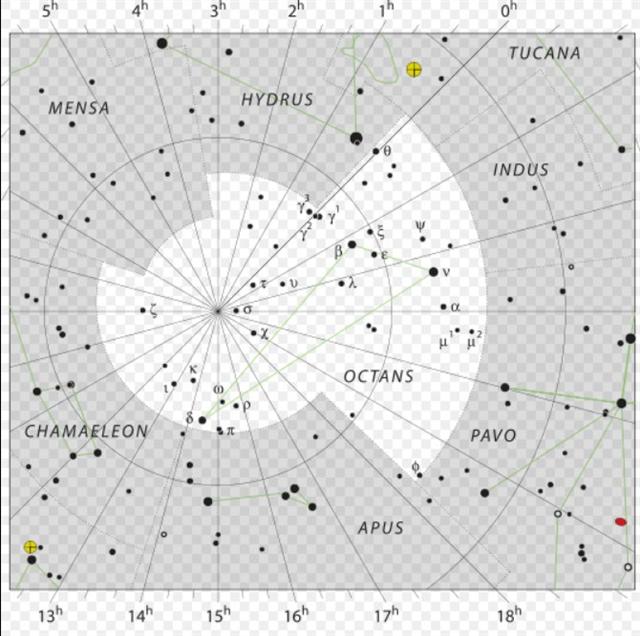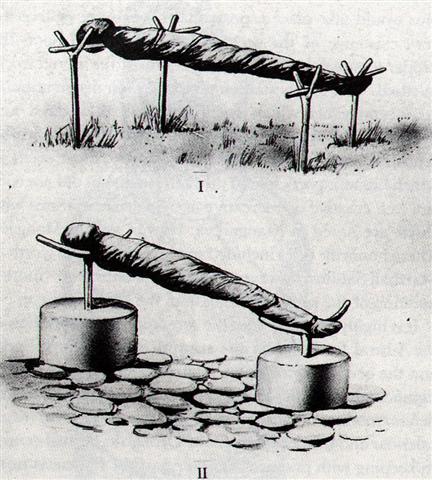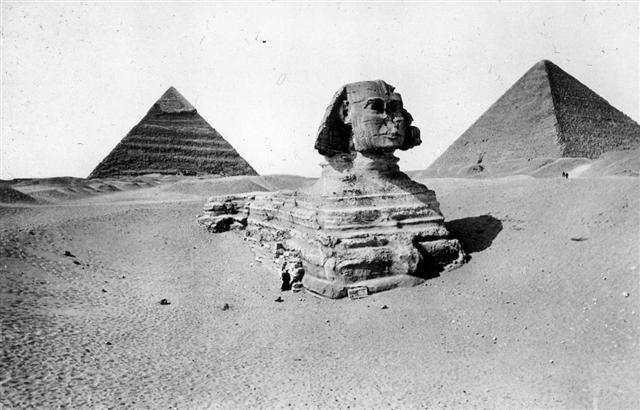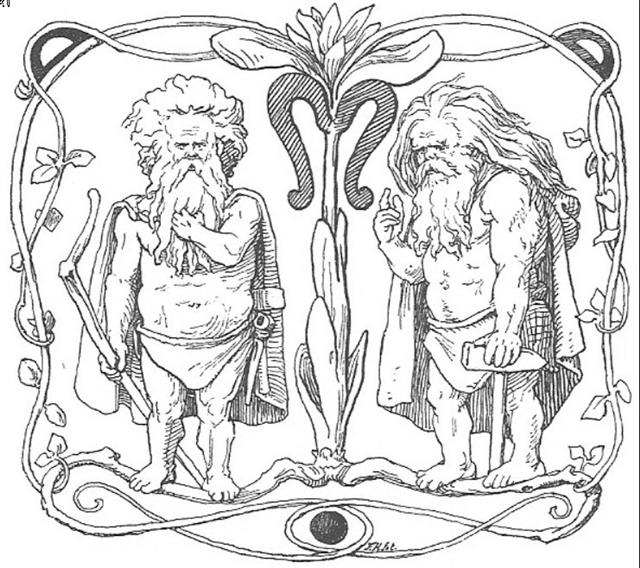Ba10.8
From knowing that Dramasa was at the right ascension line
*320 (= 21h) we can perceive the key 32 (twice 16 = 320 / 10) glyphs in line Ba10:
... Allen has documented all his star
culminations at 21h, which could be due to an effort of keeping
the culminations at their proper places according to the
ancients, 24h (spring equinox) - 21h = 3h = 24h / 8 = 45º. 3h
corresponds to 366 / 8 = 45.75 of my right ascension days and
*366 - *46 = *320 (Dramasa, σ
Octantis) ...
|
a1 |
47 |
47 |
b1 |
31 |
31 |
|
a2 |
40 |
87 |
b2 |
47 |
78 |
|
a3 |
37 |
124 |
b3 |
43 |
121 |
|
a4 |
40 |
164 |
b4 |
42 |
163 |
|
a5 |
43 |
207 |
b5 |
40 |
203 |
|
a6 |
44 |
251 |
b6 |
40 |
243 |
|
a7 |
43 |
294 |
b7 |
41 |
284 |
|
a8 |
46 |
340 |
b8 |
42 |
326 |
|
a9 |
49 |
389 |
b9 |
50 |
376 |
|
a10 |
32 |
421 |
b10 |
42 |
418 |
| |
b11 |
43 |
461 |
|
b12 |
45 |
506 |
|
sum |
421 |
sum |
506 |

It could mean the last 32 right ascension days on side a of the
B tablet were intended to be connected with the south
celestial
pole. If so, then the total number of days up until line
Ba10
could be associated with 390 (including a
day zero at
Haedus I).

 |
 |
 |
 |
 |
 |
|
Ba10-1 (390) |
Ba10-2 |
Ba10-3 |
Ba10-4 |
Ba10-5 |
Ba10-6 |
|
ka mai ki te Raa |
kua vaha |
ko te henua |
kua puu ko te henua |
kua hakaora ia
raua - kua hora koia - kua hakatetea ko
raua |
|
Hora. Ancient
name of summer (toga-hora,
winter summer). Vanaga. 1. In haste (horahorau).
2. Summer, April; hora nui,
March; vaha hora, spring. 3.
'Hour', 'watch'. 4. Pau.: hora,
salted, briny. Ta.: horahora,
bitter. Mq.: hoáhoá, id. 5. Ta.:
hora, Tephrosia piscatoria, to
poison fish therewith. Ha.: hola,
to poison fish. Churchill. Horahora,
to spread, unfold, extend, to heave to;
hohora, to come into leaf. P
Pau.: hohora, to unfold, to
unroll; horahora, to spread out,
to unwrap. Mgv.: hohora, to
spread out clothes as a carpet;
mahora, to stretch out (from the
smallest extension to the greatest),
Mq.: hohoá, to display, to spread
out, to unroll. Ta.: hohora, to
open, to display; hora, to extend
the hand in giving it. Churchill.
Tetea.
To have many descendants.
Vanaga. |
|
INVISIBLY CLOSE TO THE SUN: |
|
APRIL 25 |
26 |
27 |
28
(118) |
29 |
30
(366 - 64 - 182) |
|
VISIBLE CLOSE TO THE FULL MOON: |
|
Abhijit-22
(Victorious)
θ
Cor. Austr.
(281.0),
VEGA = α Lyrae
(281.8) |
No star listed (282) |
ζ
Pavonis (283.4),
λ
Cor. Austr. (283.6),
DOUBLE DOUBLE =
ε
Lyrae
(283.7),
ζ
Lyrae (283.8)
*242.0 = *283.4 -
*41.4 |
South Dipper-8
(Unicorn)
Φ Sagittarii (284.0),
μ
Cor. Austr. (284.6),
η
Cor. Austr.,
θ
Pavonis (284.8) |
SHELIAK (Tortoise) =
β
Lyrae,
ν
Lyrae (285.1),
ο Draconis (285.5).
λ
Pavonis (285.7)
ATLAS (27 Tauri) |
χ
Oct. (286.0),
AIN AL RAMI (Eye of the Archer) = ν
Sagittarii
(286.2),
υ
Draconis (286.4),
δ
Lyrae (286.3),
κ
Pavonis (286.5),
ALYA (Fat Tail) =
θ
Serpentis
(286.6)
*245.0 = *286.4 -
*41.4 |
|
Dec
27 |
28 |
29 |
30
(364) |
31 |
Jan 1 |
 |
From APRIL 25 (115 = 460 / 4) to MAY 25 (145 = 290 / 2) there were 30 days:
 |
 |
 |
 |
|
Ba10-29 |
Ba10-30 |
Ba10-31 (420 = 7 * 60) |
Ba10-32 (→ 320) |
|
ma te
maitaki |
koia ra kua
hoki to rarahoi |
kua tu ki to
toga |
Etagata itiiti |
|
Rara.
Mgv.: a branch of a tree.
Ta.: rara, id. Mq.: rara,
small branches. Sa.: lala,
id. Ma.: rara, id. Churchill.
Toga.
1. Winter season. Two
seasons used to be distinguished in
ancient times: hora, summer,
and toga, winter. 2. To lean
against somehing; to hold something
fast; support, post supporting the
roof. 3. To throw something with a
sudden movement. 4. To feed oneself,
to eat enough; e-toga koe ana oho
ki te aga, eat well first when
you go to work. Vanaga. 1. Winter. P
Pau., Mgv.: toga, south. Mq.:
tuatoka, east wind. Ta.:
toa, south. 2. Column, prop;
togatoga, prop, stay.
Togariki, northeast wind.
Churchill. Wooden platform
for a dead chief: ka tuu i te
toga (Bb8-42), when the wooden
platform has been erected. Barthel
2. The expressions Tonga,
Kona, Toa (Sam., Haw.,
Tah.), to indicate the quarter of an
island or of the wind, between the
south and west, and Tokelau,
Toerau, Koolau (Sam.,
Haw., Tah.), to indicate the
opposite directions from north to
east - expressions universal
throughout Polynesia, and but little
modified by subsequent local
circumstances - point strongly to a
former habitat in lands where the
regular monsoons prevailed.
Etymologically 'Tonga', 'Kona',
contracted from 'To-anga' or
'Ko-ana', signifies 'the
setting', seil. of the sun. 'Toke-lau',
of which the other forms are merely
dialectical variations, signifies
'the cold, chilly sea'. Fornander.
 |
|
INVISIBLY CLOSE TO THE SUN: |
|
MAY 23 |
24 (12 * 12) |
25 (145) |
26 |
|
VISIBLE CLOSE TO THE FULL MOON: |
|
OKUL =
π
Capricorni
(309.6),
BOS =
ρ
Capricorni
(309.9)
ARNEB (α Leporis)
MINTAKA (δ Orionis) |
ο
Capricorni (310.2),
θ
Cephei (310.5)
HEKA (λ
Orionis)
ALNILAM (ε Orionis) |
ROTTEN MELON =
ε
Delphini,
φ
Pavonis (311.2),
η
Delphini (311.4),
ζ
Delphini,
ρ
Pavonis (311.7)
PHAKT (α
Columbae)
ALNILAK (ζ
Orionis)
*270.0 = *311.4 - *41.4 |
ROTANEV =
β
Delphini,
ι
Delphini (312.3),
τ
Capricorni (312.6),
κ
Delphini (312.7),
SVALOCIN =
α
Delphini,
υ
Capricorni,
υ
Pavonis (312.8) |
|
Jan 24 |
25 |
26 |
27 (392) |
|
NOV 21 |
22 |
23 |
24 (328) |
 |
From Ba9-5 to Ba10-1 there were 45 (= 360 /
8) days.

For me it seems reasonable to associate the
pair of Mayan sun symbols above with Ca5-20 and
Ba9-5, given that we rotate the glyphs
around with a quarter
(respectively with half a quarter).
 |
70 |
 |
110 |
 |
|
Ba9-5 (345 =
300
+ 45) |
Ca5-20 (125) |
Ba9-5 (135 ← 527 → 364) |
|
ki
te mea ke |
hakapekaga
mai |
ki
te mea ke |
|
δ Persei
(54.7) |
Bright
Fire (125.4)
*125.4 - *41.4 = *84.0 |
ζ Cor. Borealis (236.9) |
|
May 14 (134 = *419) |
July 24 (205 = *490) |
Nov 12 (316 = *236 = *601 -
*365) |
|
"April 3 (93, *13 = *378) |
"June 13 (164, *84 = *449) |
"Oct 2 (275 = *195 = *560 -
*365) |
|
MARCH 11
(70, *355) |
MAY 21 (141, *61 = *426) |
SEPT 9 (252, *172 = *537 -
*365) |
|
183 |

|













